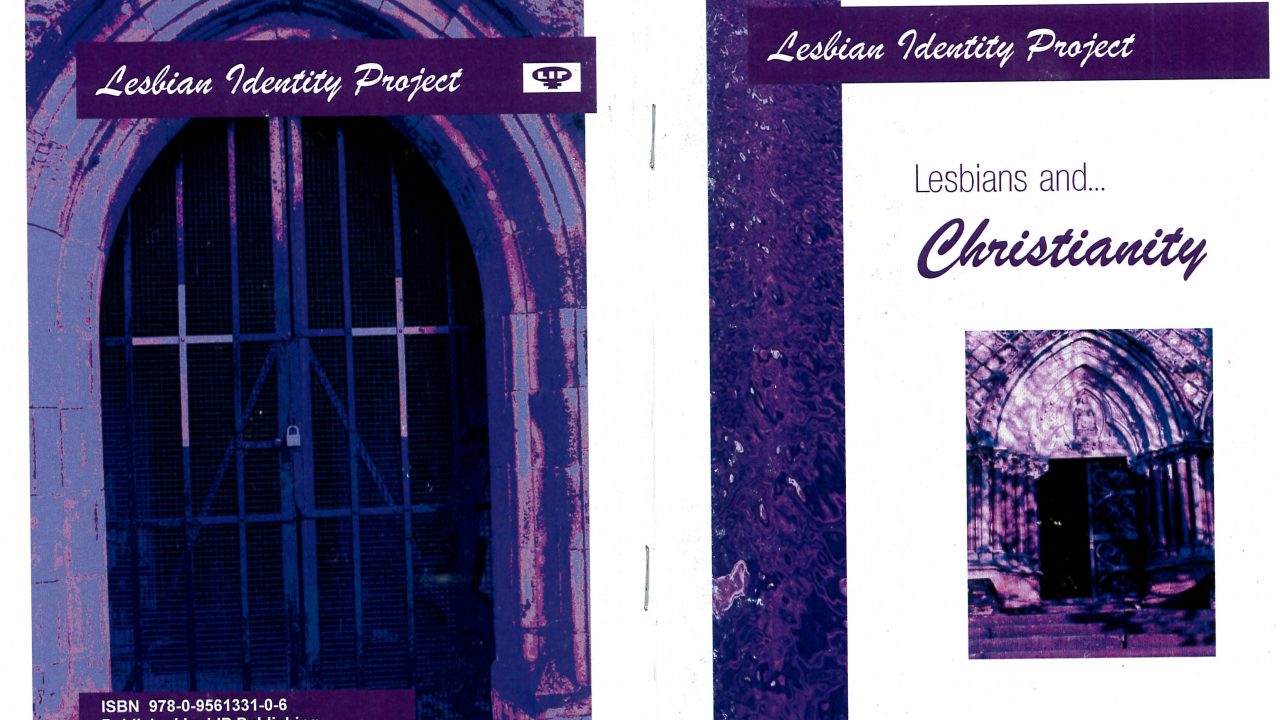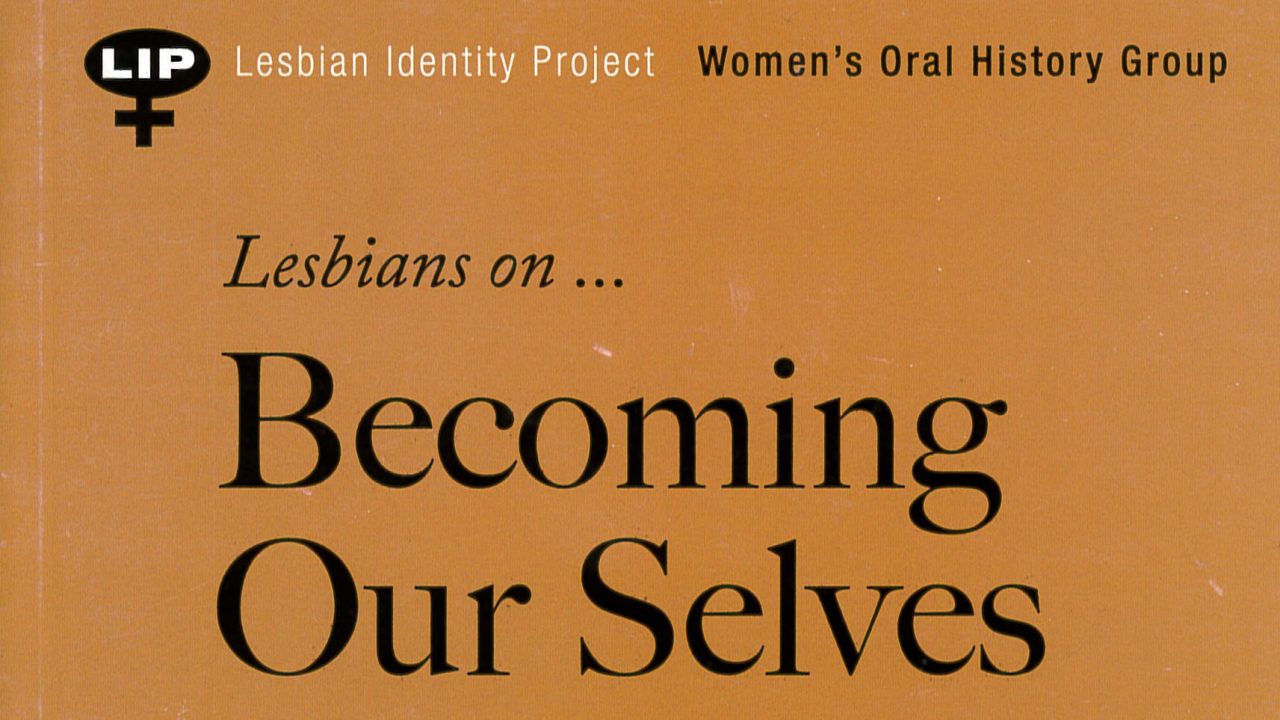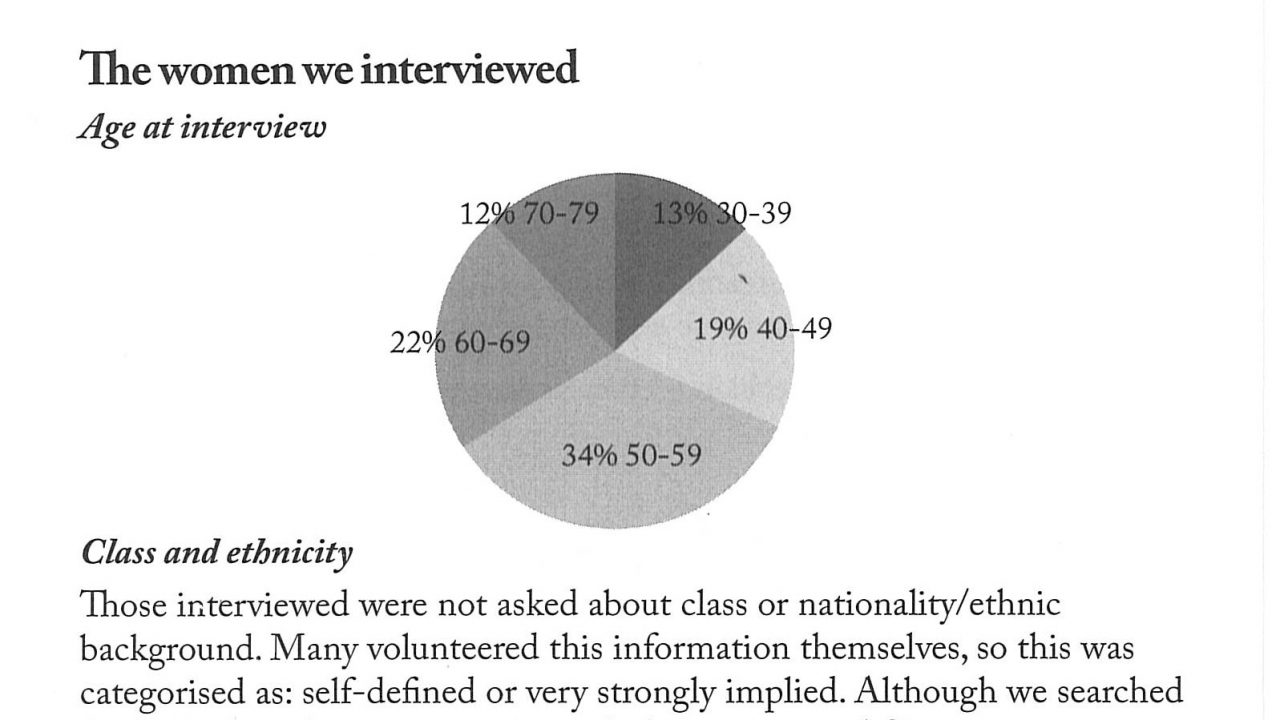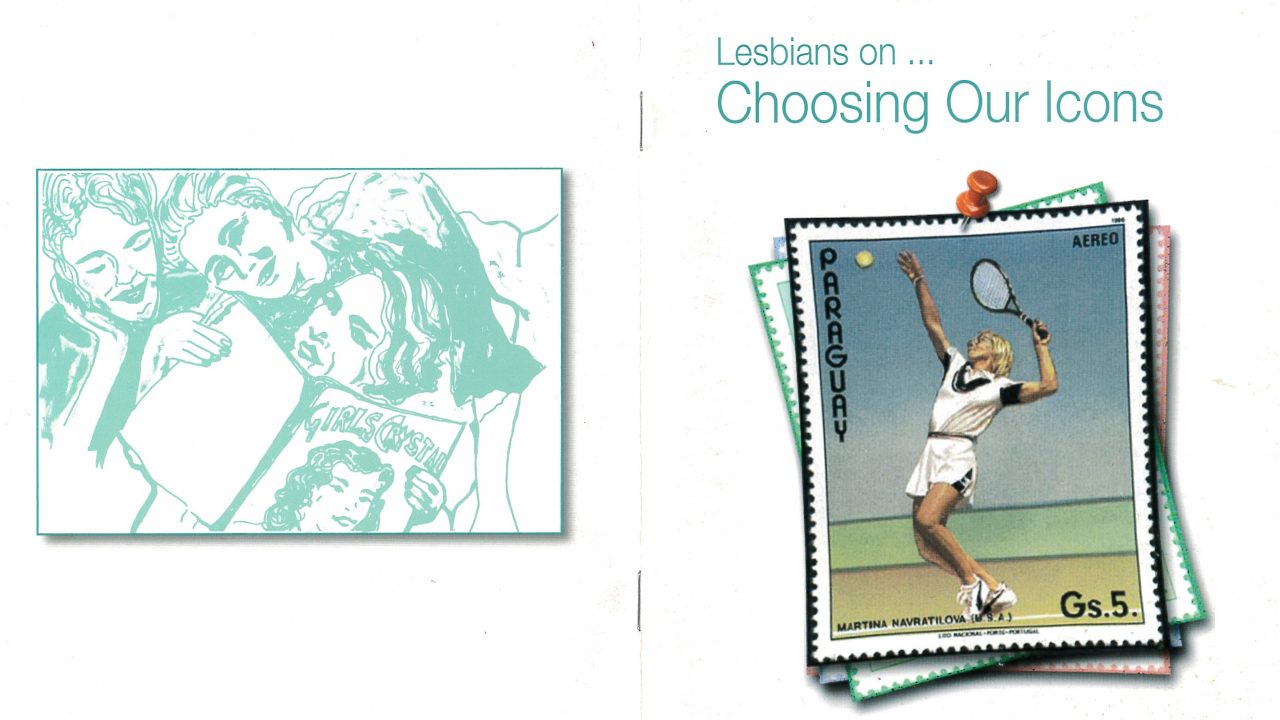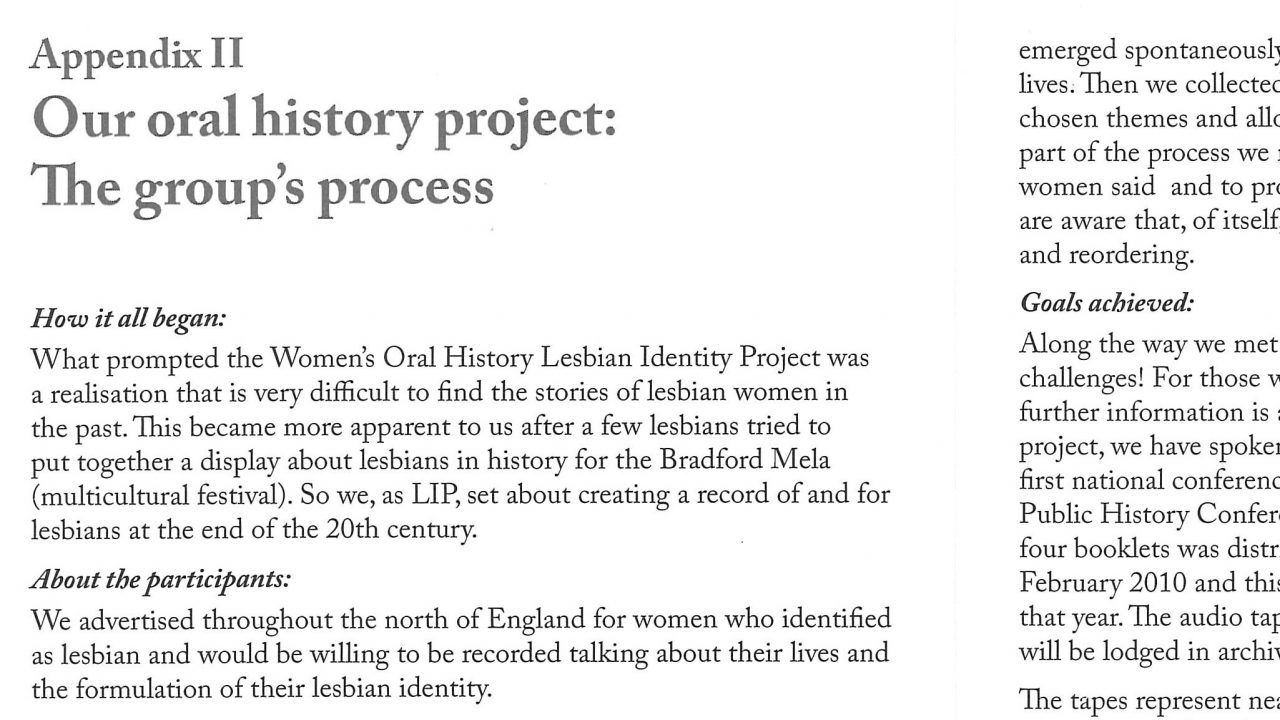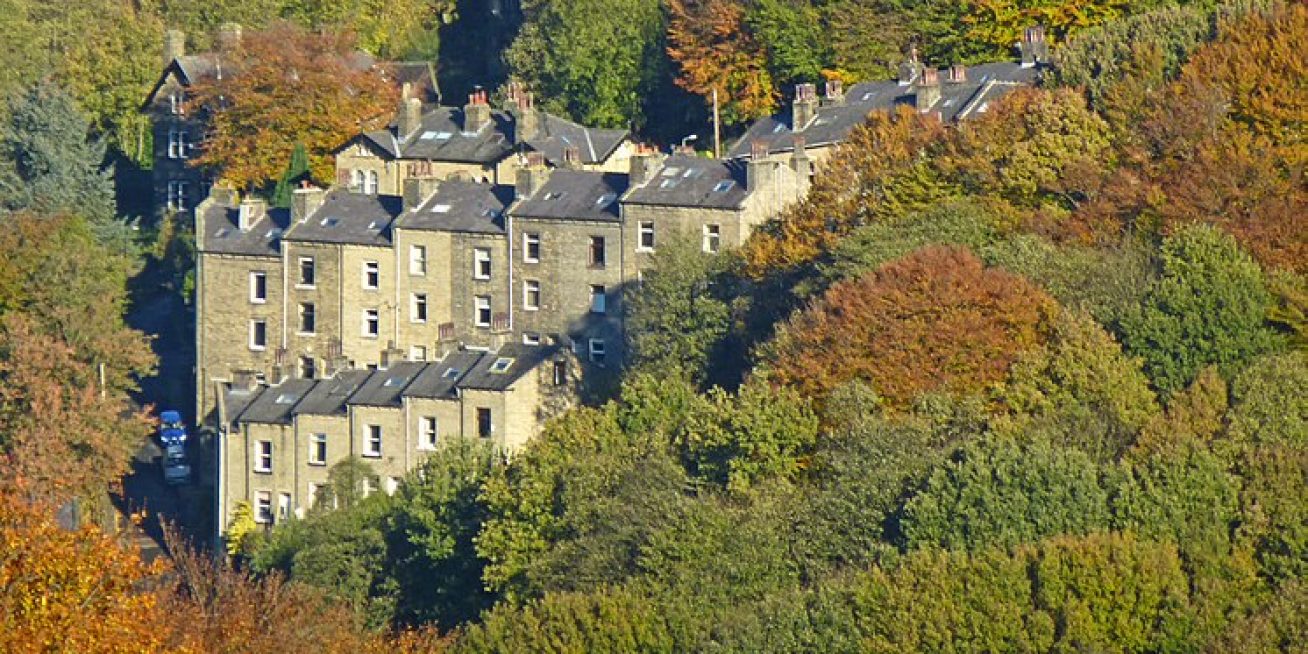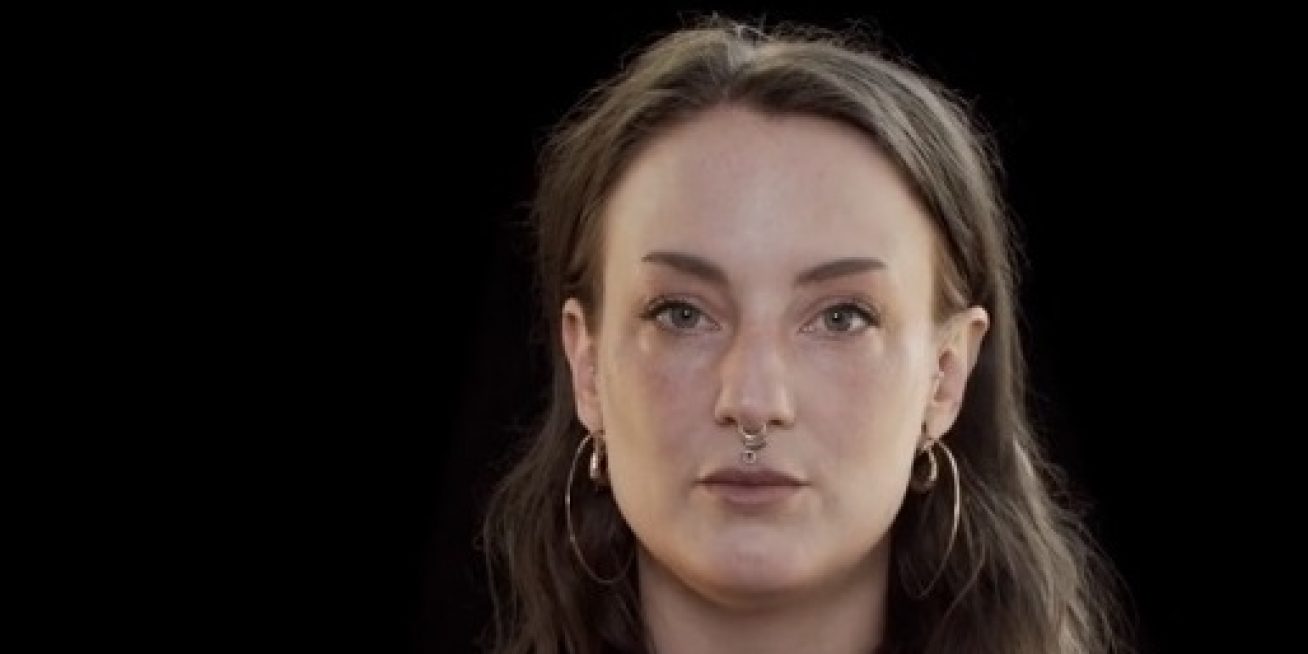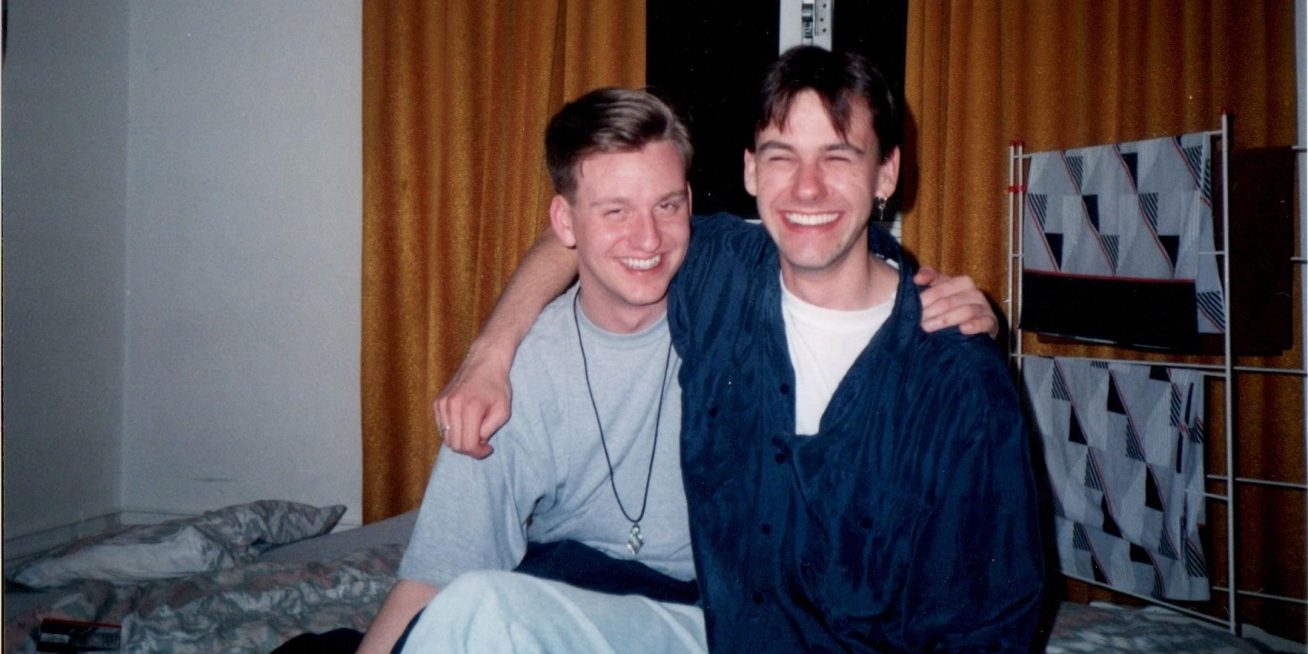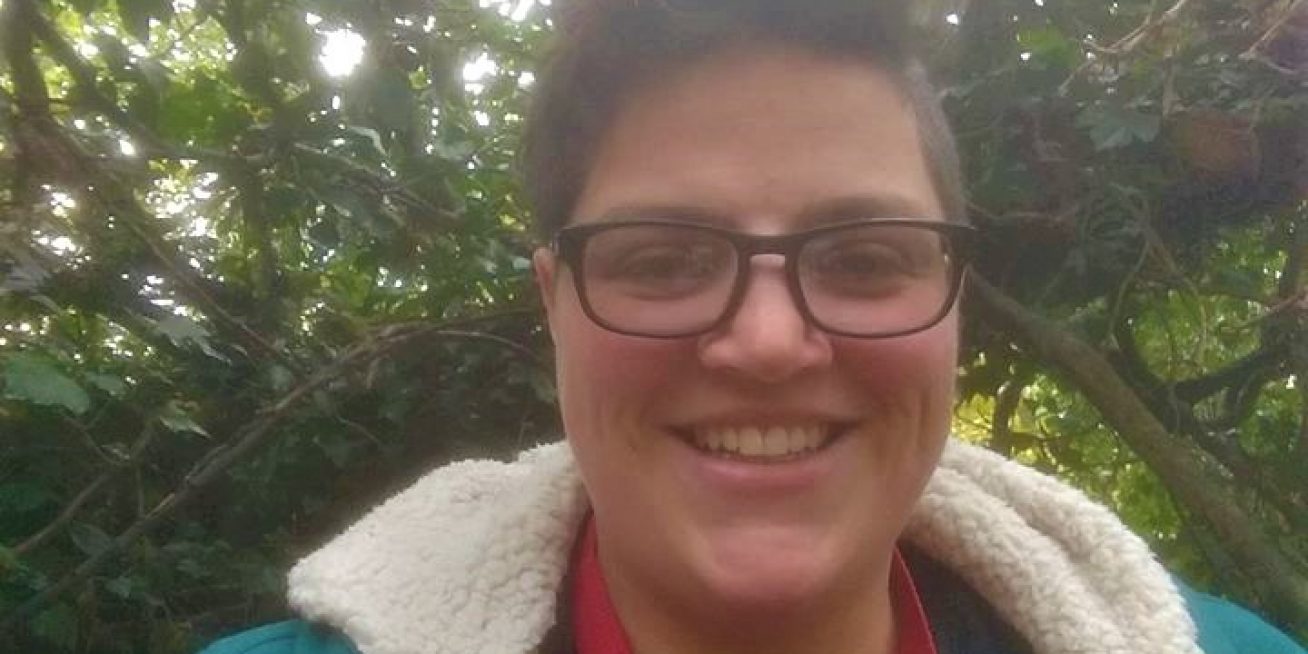The Lesbian Identity Project
Angela talks about the background to the Lesbian Identity Project (LIP) which aimed to capture the histories of lesbians from the north of England.
TRANSCRIPT
ANGELA: The context was, we were a history group. And we had been asked if we, to start off with, we'd been asked if we wanted to join with the Bradford Mela, the multicultural festival, in Bradford, and set out a stall, you know, like there would be the Bangladeshi Workers' Association, you know, the Interfaith Group, the Muslim Education, and so they were very forward in saying, you know, why don't we have that lot, the lesbians from – it was the Northern Older Lesbian Network, NOLN, as was, that someone must have approached. And so what I did, what we did was, we started looking, being the idiot as you do, you volunteer, and there were a few of us and we said, what we'd do, we'd do the display. And the, the sheer, sort of, dawning that there was nothing to display! We looked, you know, we did a bit of research.So, the project that we landed upon was, we said, what we ought to do is make sure that from now, from here on in, we capture the lives of women who are around. And so, it was the Lesbian History Group for such a long time, and then became LIP for administrative sort of reasons. And so, the task was to capture the lives of lesbian women in the north of England. And so it was north of England. And actual fact it became wider because I think there was one, I'm not sure whether it went into the final project, but I think there was certainly a couple who were in Wales who were interviewed.
INTERVIEWER: And what were the aims of the project?
ANGELA: The aim of the project was to create a record of and by and for lesbians at the end of the 20th Century. So it was like capturing the lives of – and what we wanted to do, and gradually this was a very... I don't think that I've... we were very, you know, we were a very solid group but a very small group and it wasn't as though that's what we wanted to do from the very beginning, you know, from not having anything for the display at the Mela. It actually emerged, but once that task emerged, then that was the focus. And I don't know, it might have been about that stage that, or a little later, that it became the Lesbian Identity Project. But we always referred to it as the Lesbian History Group. And the, there was a long period of: What shall we do? How shall we do this? The objective was, we want the record, we want the record to be straight – I shouldn't say straight, should I! – we want the record to be as we would like it, it's us speaking about our lives. Anyway, so eventually it became an oral history project and in summary, after about ten years, we had interviewed approximately forty women.
